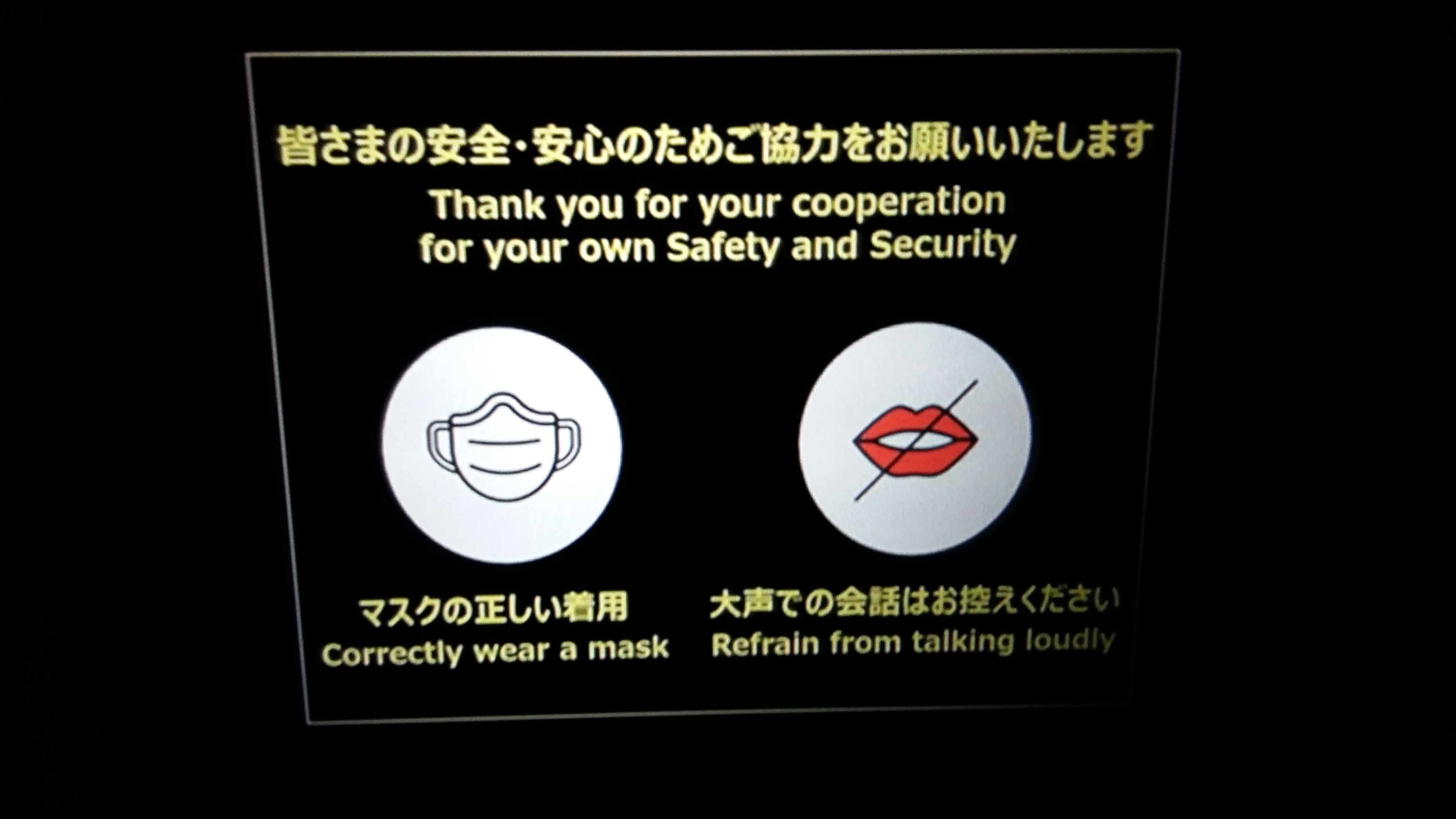June 21, 2012
by David Leo

AS the popular folk ballad ‘Blowing in the Wind’ goes, “When will they ever learn?” In announcing plans to consider launching a long-haul budget carrier, has Air Canada not learnt from the failure of Hong Kong-based Oasis Airlines, which commenced operations first between Hong Kong and London in 2006 and then between Hong Kong and Vancouver in 2007 only to fold up its wings in 2008?
So also is it said that fools rush in where angels fear to tread, but can Air Canada do it any differently in order to succeed where other hopefuls had so quickly failed?
Besides Oasis Airlines, Air Canada could have also considered very carefully the case of defunct fellow carrier Harmony Airways, which started as HMY Airways in 2002 and was renamed in 2004, operating to various destinations within Canada and beyond to the United States, Mexico and United Kingdom. The airline received favourable customer feedback and was eyeing the growing China market, but that was to be an unrealized dream when it ceased operations in 2007.
Harmony Airways preferred to be called a niche player than a low-cost carrier as it took pride in providing good service and serving hot meals on board. But it was hurt by soaring fuel prices in a highly competitive environment. It did not have the muscles to stand up against the larger carriers like Air Canada and WestJet. According to spokesman Peter Bruecking at the time, Harmony Airways had banked its future on gaining access to the China market, but delays in agreement between the two countries inevitably forced it to reshape its course, hence its demise.
Perhaps it was this very disappointment expressed by Harmony Airways then that has given new hope to Air Canada today as both China and Canada relax the rules for more Chinese travellers and carriers to enter Canada. Vancouver International Airport (YVR) has been working hard to promote itself as the gateway to North America and not just Canada. As admitted by President of the airport authorities Larry Berg, “Much of Vancouver Airport Authority’s focus in attracting new routes, passengers and airlines over the past number of years has been on Asia, given the growth potential of markets in the region.”
Three major airlines from China, namely Air China, China Eastern Airlines and China Southern Airlines, are already operating to Vancouver. A fourth airline, Sichuan Airlines, will inaugurate services on 22 Jun. YVR is also well served by other Asian carriers such as Cathay Pacific, China Airlines (Taiwan), EVA Air, Japan Airlines, Korean Air and Philippines Airlines.
How well the new Air Canada carrier will fare against the competition is a real poser, especially when the parent airline itself is highly prone to industrial disruptions and not as highly regarded for service as some of its competitors. However, as a low-cost operator, the new carrier will understandably compete on price, but considering the low fares charged by some of the established carriers, the differential may not be adequately compensatory for the deprivation of creature comforts on a long-haul flight.
Yet again, this raises the question as to whether the budget long-haul is a viable proposition, having seen the dissolution of Oasis Airlines and, lest you cite AirAsia X otherwise, you will note that the Malaysian carrier has ceased its long-haul operations from its home base in Kuala Lumpur to London, Paris and Christchurch, and is refocusing on shorter runs.
All said, Asia is still the Holy Grail that most airlines are after. Interestingly, when Air Canada chief executive officer Calin Rovinescu first mooted the idea of a budget carrier, he was thinking of Europe, But with the economic crisis hanging over Europe, the priority shifted to tapping the potential of Asian destinations instead.
Unfortunately, geographically, Air Canada is not as fortuitously positioned as, say, Qantas, to penetrate the region, which leaves it to either dress up or dress down its operations and to rely on sustaining the flow of long-distance traffic between Asia and North America. That is why China, with its growing nouveau riche, is an attraction. Yet, unlike Qantas, which believes the demographics favour a regional premium carrier (however, understandably so considering the proximity of Australia), Air Canada intends to go low-cost to attract the masses.
Almost paradoxically too, when the Harper government of Canada has been courting businesses in China to connect with Canada, and its successes would boost traffic between the two countries.
It may be said that Air Canada has been somewhat slow in latching on to the frenzy of budget travel beyond its national borders. Mr Rovinescu has said the launch of a budget carrier is a top priority. In a speech to shareholders, he said: “We need to participate in this segment of the market in one manner or another.”
A more interesting development in the plans allegedly is for Air Canada to eventually operate only domestic flights and flights to the United States, Mexico and the Caribbean. All other flights beyond these countries will be handled by the new budget carrier in which Air Canada will participate as a partner. When that happens, Air Canada will have completed its transformation from full-service to budget status, since its domestic and regional flights are already largely no-frilled. O Canada, can you see that day coming?














